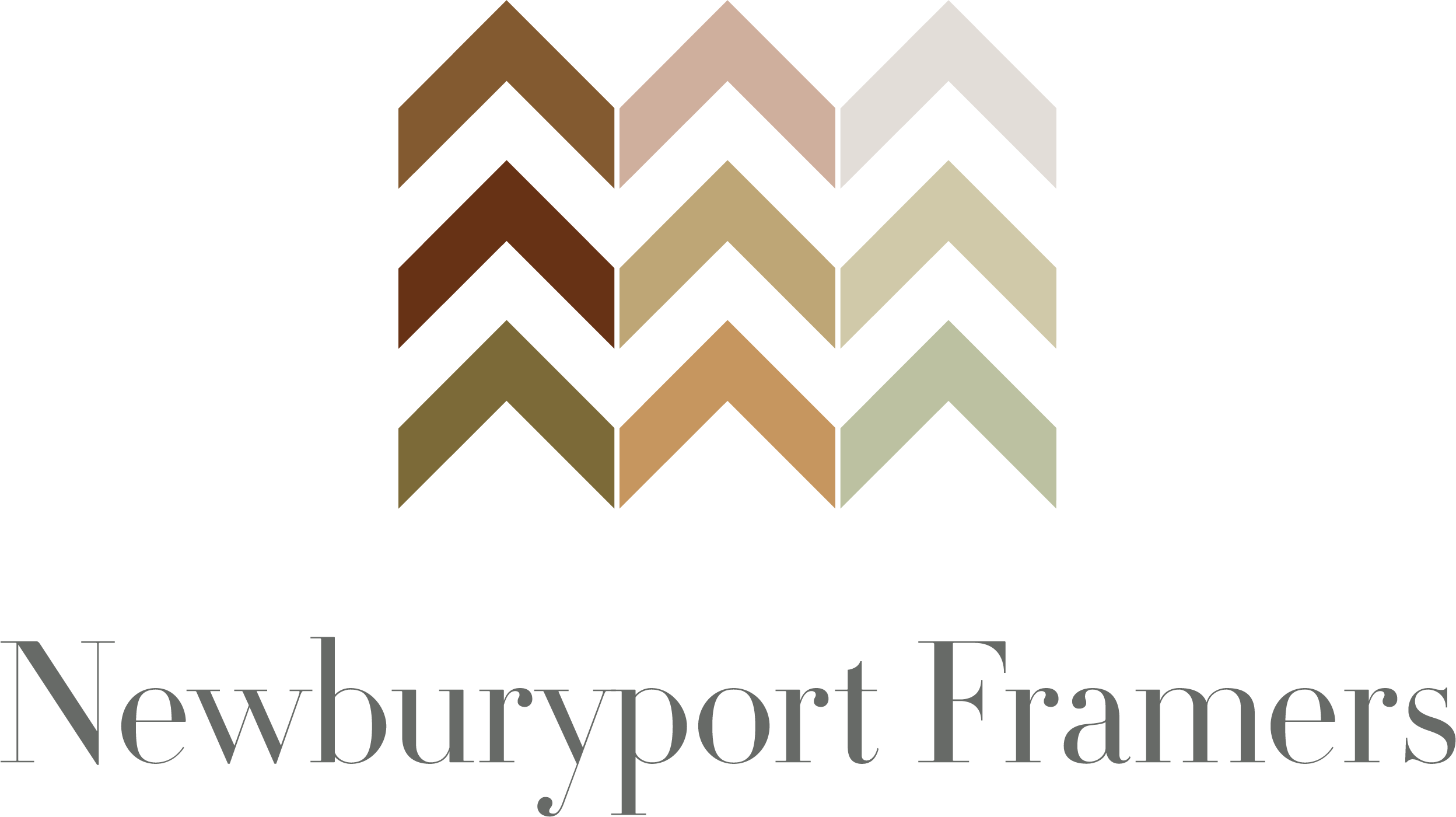When the Rooster Crows Part One: Katie Swatland Painting on Birch Bark
Recently we purchased a new doorbell. Adam set it up and Marisa and I gathered around as he tested the 80 million possible sounds it could make. We are a fun crew… the standard “ding dong” was not going to cut it. We rejected chimes, horns, little melodies… it felt like it may take all day. Then with one push of a button we all knew we had found it. The rooster. We heard it and looked knowingly at each other. It was the one. We shared complete agreement and a lot of initial laughter. A very loud cock-a-doodle-do is the official sound to signify a customer has arrived at Newburyport Framers.
When the rooster crows we never know what is coming our way. It could be simply a pick-up of a completed project or something much more complex. Just when I think we have worked on the most unique project a new surprise walks through the door. When Katie Swatland walked through the door this past August it certainly raised an eyebrow. We have built frames for Katie before. She is a gifted painter who truly devotes herself to her work. The painting she had for this visit did not disappoint. She brought in a beautiful painting she had done on birch bark. It was delicate and subtle but at the same time carried strength.
A great deal of collaboration went into the framing for this piece. We made selections to give the piece breathing room. It’s surroundings needed to be soft and quiet so the detail of the painting would come into focus. We agreed on a subtle, earth-toned moulding and we built and finished a custom shadowbox. “Is-there-glass-on-this?” museum glass was the icing on the cake. The result is stunning.
The piece is now in the hands of Katie’s gallery in New York and Katie has so graciously shared a bit of her story with us:
I’ve been collecting the discarded bark from birch trees in the snowy woods of Vermont since I can remember. Birch trees are one of a few varieties that shed their bark to maintain their health and strength. As the seasons change, they release pieces of their outer layers, which often fall off in large sheets, much like paper . . . hence the name, ‘Paper Birch’. This shedding helps prevent critters from burrowing into their trunks and fends off disease.
I have always preferred to prime my own surfaces in efforts to create a variety of textures, because I love the way a textured ground can grab the paint from a brush. One afternoon, while walking through the woods, I was admiring the beautiful textures naturally occurring on the surfaces of the birch bark. Nature created so effortlessly the variety in surface pattern that I was trying to create on the canvases in my studio. The variety was endless, and within each piece, I could see infinite potential to express form. I thought to myself, why not try using these pieces of bark as canvases?
When I returned home to my studio, I tried various ways of applying paint to the bark and discovered that I could create an exquisite surface to paint on by first applying a coat of shellac on the side I wished to apply paint.
I simply adore painting on bark. The natural textures in the surface encourage the use of my imagination to see form within the patterns.
My favorite thing is to pull out mythological characters. I enjoy thinking of them as nature spirits, and I like to think that if I am quiet enough, the bark will reveal to me what wishes to emerge. ✨





